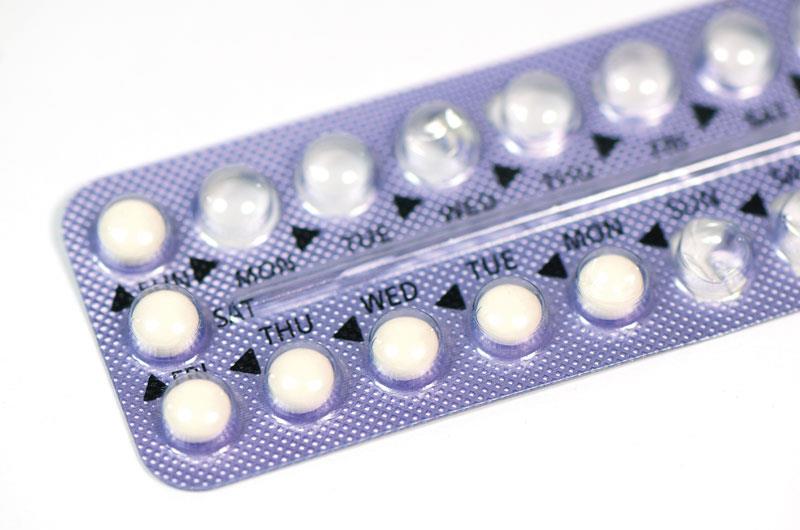
Experts are calling for more education to increase the use of combination oral contraceptives (COCs) in China as up to 10 million abortions are performed each year for unwanted pregnancies.
Over the past 30 years, contraceptive use in China has changed little, with the percentage of women using COCs remaining below 2 percent despite the availability of new products. [China Government, Health Authorities Data 2010]
“Unlike in Europe, more than 95 percent of COC use in specialized women’s hospitals in China is for the treatment of medical conditions such as polycystic ovarian syndrome or bleeding, rather than for contraception,” said Dr. Xiangyan Ruan of the Beijing Obstetrics and Gynecology Hospital, Beijing, China.
“In the future, we can expect an increase in COC use due to greater information via media outlets and the internet, but we need more discussion and more education on the benefits of COCs and the different options available,” said Ruan.
In China, 363 million women are of reproductive age, but only about half use some method of contraception. Of those who do, the majority choose either non-hormonal intra-uterine devices (IUDs, 54 percent in 2010) or sterilization (31 percent in 2010).
This has to do with the availability of free non-hormonal IUDs offered under the family planning policy in China. As Ruan suggests, alternative methods such as hormone-releasing (levonorgestrel)-IUDs and hormonal long-acting injections and implants, each making up less than 0.2 percent of contraceptives used, are not well-understood options for women in China.
COCs have the potential to reduce the number of unwanted pregnancies while also providing a number of non-contraceptive benefits, including reductions in cycle disturbances, dysmenorrhea, anemia, acne and hirsutism, rheumatoid arthritis, as well as risk of breast and ovarian tumors, which need to be relayed to both gynecologists and patients.
“COC use accounts for around 20-30 percent of contraceptive use in the US and Europe compared with just 1-2 percent in China and Japan,” said Ruan. “These differences may reflect the differences in opinion of the prescribing doctors or users, and perhaps more on non-medical reasons such as politics. Compared with Europe, we see that more knowledge of COCs is needed in China.”